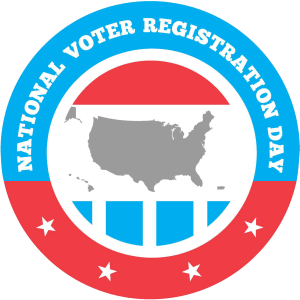
Each year, Americans take time to participate in a day of solemnity and respect for those who have committed their lives to the U.S. Armed Forces. Originally Armistice Day, the history of Veterans Day has been an interesting one. Armistice Day was created to honor and celebrate the end of World War I. The day was chosen specifically because the war ended “on the 11th hour of the 11th day of the 11th month”.
While World War I doesn’t quite seem as far away as 100 years, the sentiment of remembrance has remained all too present in the modern day consciousness. Every year, veterans, families, friends, businesses, and government agencies celebrate Veterans Day. The holiday recognizes the historical and modern implications of what sacrifices are made to support and defend the country as a U.S. service member.
The sacrifices that are made are many; and often include the events and memories that are celebrated and made in the absence of a service member as they carry out their duties away from home. Birthdays, holidays, months, and sometimes even years go by as a service member is called away on a deployment, or in the greatest capacity, has their life taken in the line of duty. So it’s important to take a moment, even if it’s once a year, to recognize and remember every person who has decided to become a member of the military and dedicate themselves to their country.
To start, the University of Memphis has a wonderful Veteran and Military Student Services which is an invaluable resource for students and family members of military members.
The U of M University Libraries also houses the Textbooks for Tiger Veterans Program which supports military affiliated students!

Across the various government agencies, the Department of Veterans Affairs is one that has always been a pillar of support for veterans across the nation. They offer plenty of different resources for any problem or need. One of the ways the VA is able to support veterans is through psychological help for those who suffer from disorders such as PTSD. The Department of Veterans Affairs has many pathways that offer support that positively affect the life of a veteran, and can lead to recovery. From golf, to traditional therapy, to even equine therapy, there is a surprising amount of programs across the country that supports a veteran’s need to seek treatment and also find a therapy method that works for them. The U of M Libraries also has access to many government publications, including subcommittee reports from the U.S. House of Representatives discussing veteran access to mental health therapy. The DVA also has great videos highlighting the lives and contributions of veterans from wars past, such as Daniel Inouye; the late senator from Hawaii who served in World War II, who was also a recipient of the Presidential Medal of Freedom.
In addition to the Department of Veterans Affairs, the Smithsonian provides great learning resources for additional reading and research regarding Native American veterans from the past and present. The National Museum of the American Indian presents great exhibition style resource pages to learn about the Code Talkers of WWII and veterans from other wars like the Korean, Vietnam and modern-day wars. They also have a YouTube channel that presents recordings of their presentations, and other great veteran-adjacent videos. This Veterans Day is special for the museum as well, as they are dedicating the National Native American Veterans Memorial on the day itself, and virtually, for public attendance and appreciation.
The National Archives has teamed up with Google Arts and Culture to bring the public virtual access to pieces of history that lead to the commissioning and the ultimate creation of the Vietnam Veterans Memorial.
Finally, but certainly not least, one of our nation’s most enduring memorials to those who have served is the Tomb of the Unknown Soldier in Arlington National Cemetery. This structure resides in Arlington National Cemetery and is in honor of service members who have passed and who were never able to be identified. It is always quietly guarded, and constantly honored in memory of those who have given their lives for their country.
For more resources about Veterans Day and military-adjacent publications, check out Government Publications’ Veterans Day Libguide and the display in the elevator alcove outside of the entrance to Government Publications.
To all those who have dedicated their lives to the United States Armed Forces, thank you!








